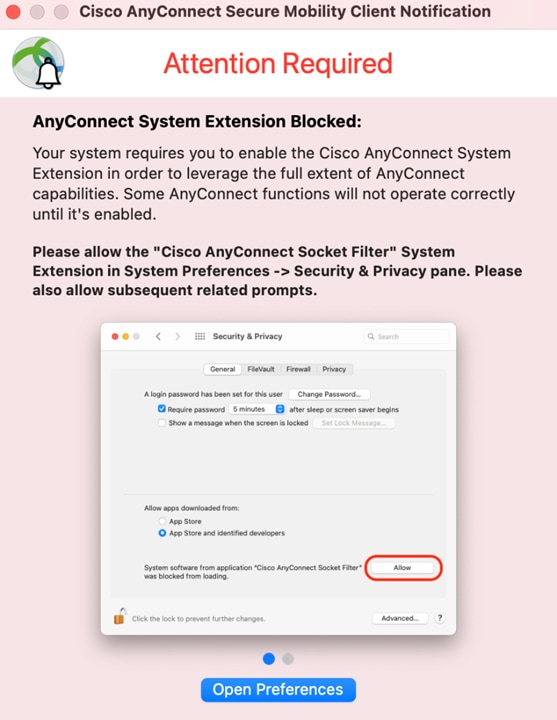
Macos Set Dns For Anyconnect Download
MacOS AnyConnect Client (AC) macOS devices using the AC will not be affected by this change, as they currently use the Apple's DNS Proxy mechanism which has priority over macOS' resolver discovery mechanism. IOS or macOS devices behind a Virtual Appliance (VA) iOS or macOS that do not have the CSC, RC, or AC installed will be affected by this. September 16, 2015. September 16, 2015. Here is a little gem I found in the cisco forum that explains where to find and set the Default Domain and DNS Server (s) for Cisco ASA AnyConnect Users. Log into ASDM, select Remote Access VPN, expand Network (Client) Access, highlight Group Policies. On the right, edit the Group Policy. My guess is that you are running Mac OS X 10.7. In prior versions of Mac OS X, the command 'net' is located at /usr/bin/net. Apple removed Samba from Mac OS X 10.7 due to the license change to GPLv3. The 'net' command is a part of the Samba package and what Apple used to integrate with Active Directory prior to Mac OS 10.7. If your VPN DNS changes, you need to change it manually. This can easily be checked under Network → VPN interface w Advanced → DNS tab since your VPN DNS is still assigned dynamically to the interface (although ignored by OS X). If your 3G DNS changes (unlikely) you need to change it manually too.
Here is a little gem I found in the cisco forum that explains where to find and set the Default Domain and DNS Server(s) for Cisco ASA AnyConnect Users.
- Log into ASDM, select Remote Access VPN, expand Network (Client) Access, highlight Group Policies.
- On the right, edit the Group Policy assigned to your remote users.
- In the Group Policy edit screen that is displayed, highlight Servers on the left. This will show you the DNS Servers specified for the policy
- Click the small circle with double down arrows on the right to show more options. This will show you the Default Domain specified for the policy.
- Once you’ve edited the policy to meet your needs, click OK to save.
- Finally, save the running config to flash.
Test by reconnecting via an AnyConnect client and running an ipconfig /all.

Feature
The AnyConnect VPN server on the MX uses TLS & DTLS for tunneling and requires AnyConnect VPN client version 4.8 or higher on either Windows, macOS, Linux, or mobile devices to terminate remote access connections successfully. The AnyConnect client negotiates a tunnel with the AnyConnect server and gives you the ability to access resources or networks on or connected to the AnyConnect server (MX). Unlike the AnyConnect implementation on the ASA, with support for other features like host scan, web launch, etc, the MX security appliance supports SSL, VPN, and other AnyConnect modules that do not require additional configuration on the MX. For more details, see AnyConnect on ASA vs. MX.
An AnyConnect Plus/Apex (termed or perpetual) license will be required to use AnyConnect on the MX when MX16.X firmware goes GA. Until then, if an MX upgrades to MX16, AnyConnect will be available as a feature. If a license is not linked when MX16 goes GA, AnyConnect will become unusable until a license is applied. More details on applying licenses will be available soon.

Macos Set Dns For Anyconnect Windows 10
Super scattergories download. The MX supports L2TP/IPsec Client VPN and AnyConnect VPN simultaneously.